Effectively Write User Stories with Azure DevOps
In the third blog in this series, we discuss how user stories are a crucial part of agile Dynamics 365 implementations as they let teams outline the desired functionality and capture user requirements. In this blog post, we’ll look at how to use Azure DevOps (ADO) to create user stories that work. Teams may speed up their user story authoring process and improve communication by employing ADO’s features and capabilities, which will lead to better software development outcomes.
User stories are a way to document what users need to do in order to use Dynamics 365. They emphasize the user’s point of view, outlining their objectives and actions. Teams can gather requirements and break them down into manageable tasks using ADO. Teams can successfully coordinate their development efforts by defining user needs and outlining how to satisfy them.
To assist in the construction of user stories, ADO provides a wide range of functions and tools. The product backlog items (PBIs) functionality allows teams to record specific job components. PBIs are different from user stories in that they focus on specific tasks rather than the viewpoint of the user. Depending on the needs and preferences of the project, teams can select between user stories and PBIs because of ADO’s flexibility.
Following a defined framework is essential when creating user stories with ADO. A clear declaration at the beginning of the user story, such as “As a [role], I need to [action] to [benefit],” is advised. Teams can concentrate on understanding the needs of the user rather than coming up with specific solutions by making user stories broad and avoiding premature solutioning. This strategy encourages empathy and helps in the development of user-centric software.
The features of ADO make task creation and problem-solving talks easier. After user stories are developed, teams can work together to come up with the best solutions to meet the needs of the user. The team might develop tasks throughout this process that specify the precise steps needed to successfully implement the solution. Teams can monitor progress and guarantee that work items are completed efficiently thanks to ADO’s task management capabilities.
Agile projects require the writing of strong user stories, and Azure DevOps offers a reliable framework for this task. Teams may gather user needs, promote collaboration, and offer user-centric solutions by utilizing the advantages of ADO. ADO gives teams the tools they need to expedite their development procedures and produce products that closely match user requirements, whether they utilize user stories or PBIs. Adopting efficient user story authoring techniques with Azure DevOps improves software projects’ overall success and pleasure.
Check out our podcast episode All About Azure DevOps, Part 1 where we discuss this topic and more! Ep 23 – All About Azure DevOps, part 1 – Dynamics Hotdish
Come back next time for guidance on how to properly create dependencies among your work items.
